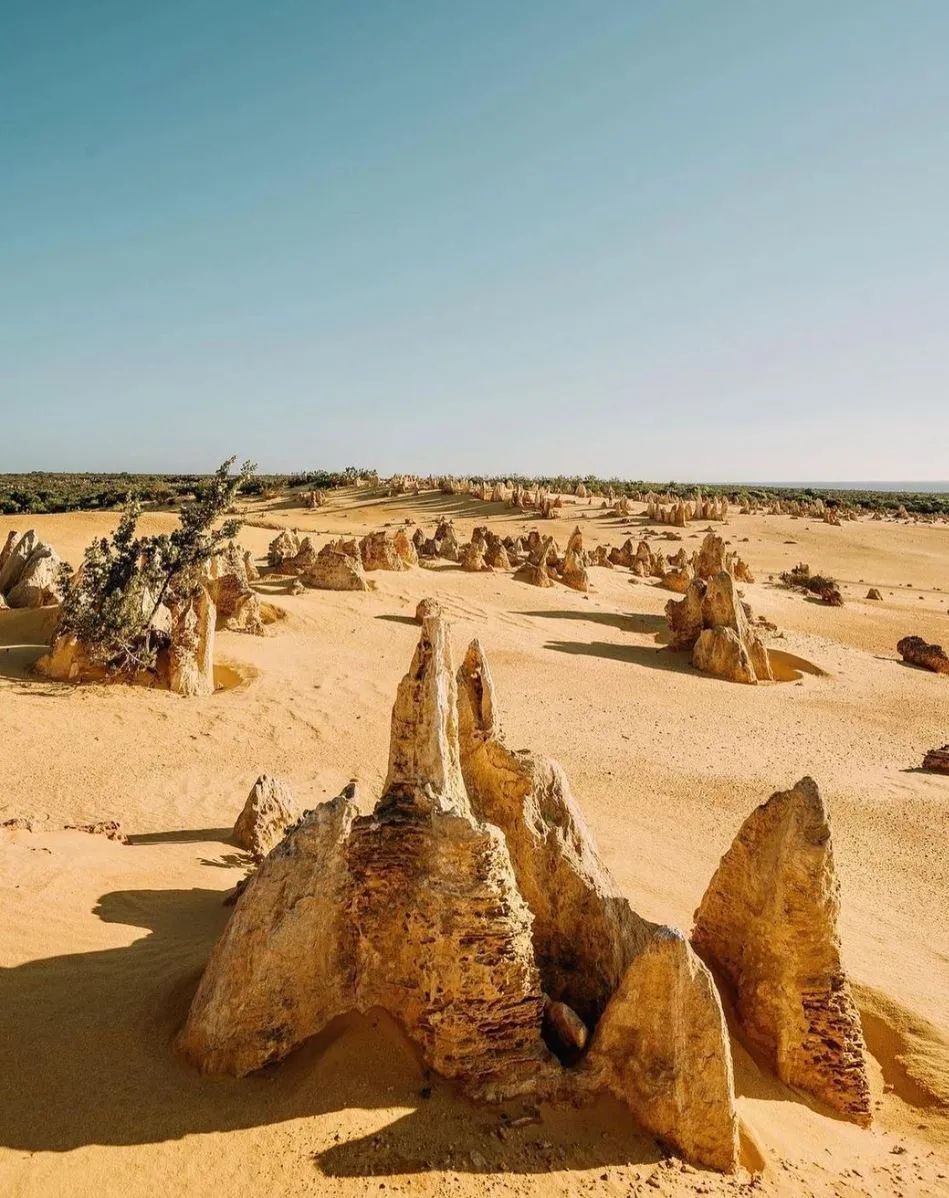In Nambung National Park, the Pinnacles are one of Western Australia’s most amazing attractions. These limestone formations rise out of the desert sand like something from another planet and draw thousands of visitors each year. Although they look almost extraterrestrial, these pillars have a story to tell of ancient climates, geological time clocks, and the powerful forces of nature that have shaped this region for millions of years. The Pinnacles are not just a geological oddity – they are a window into climate history, the movement of the Earth’s crust and even future climates.
How were the Pinnacles formed?
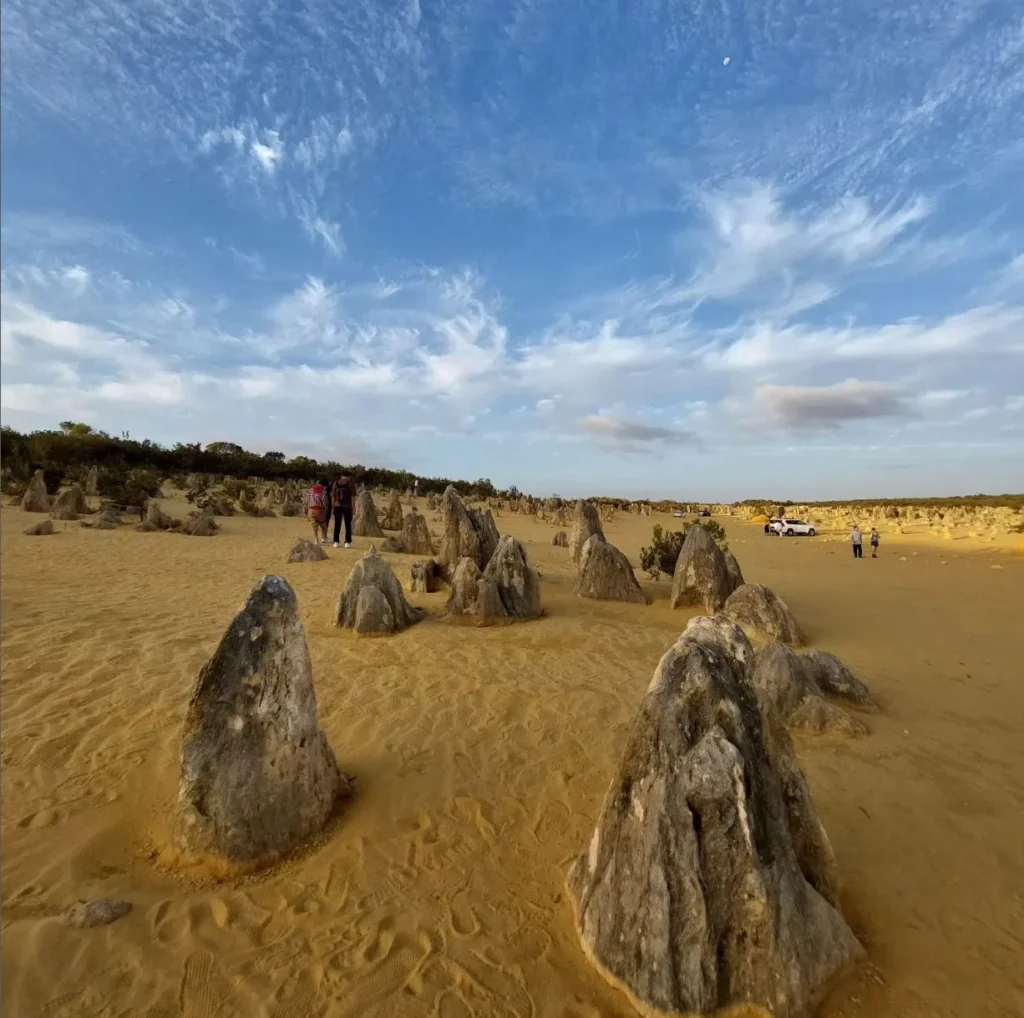
The story of the Pinnacles begins with the Indian Ocean. Millions of years ago this part of Western Australia was underwater and the area was a seabed of lime rich sand. As the water receded and climate changes occurred the sand mixed with calcium carbonate from the remains of marine organisms. Over time this mixture solidified into what is now known as Tamala Limestone, the Pinnacles defining feature.
The formation of the Pinnacles themselves was a complex process. Originally, this area was covered in sand, and the limestonewas buried beneath the surface. The key process was the formation of carbonate eolianites, where wind-blown sand was cemented by calcium carbonate. Over time, the loose sand that covered the limestone was eroded by coastal winds, and the limestone was exposed. The resulting formations stand as pillars, some several meters tall. What remains today is a vast expanse of thousands of limestone columns scattered across the Pinnacles Desert shaped by desert floor erosion and coalescence of solution pipes.
More research by geologists has shown that the iron nodules and quartz sand in the formations were influenced by the vegetation of the area, as roots of ancient trees helped shape the pillars over time. As these trees died the trees were replaced by limestone and iron rich nodules were deposited and that’s why we see the patterns we do today.
Geological and Climate Facts
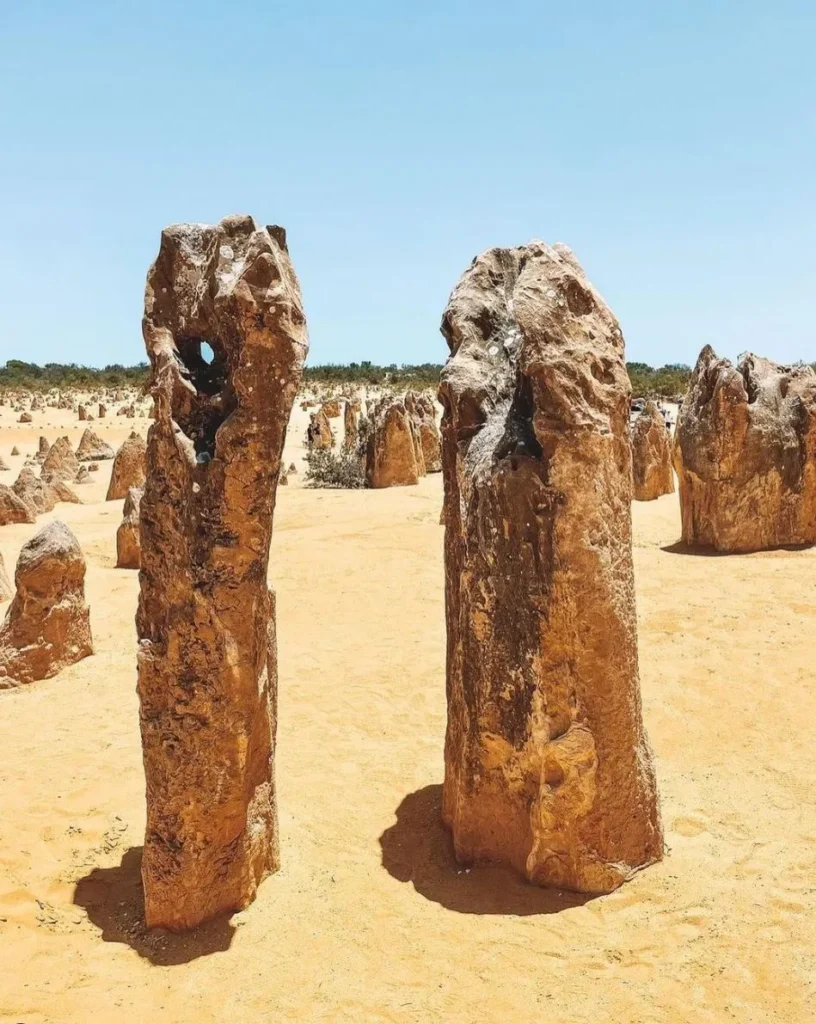
The Pinnacles are more than just pretty views; they are sensitive indicators of past environments. Their formation has given us a precise record of climate change in Western Australia over thousands of years. For example research from Curtin University has shown that the Pinnacles are a window into the region’s wettest period where there was so much water that it cemented the limestone and formed the Pinnacles. By studying the erosion patterns and mineral composition of the Pinnacles we have learned about the wet climate that shaped the region.
Recent research published in Science Advances has used new dating techniques to create a timeline for the formation of the Pinnacles. These techniques have shown that the Pinnacles were formed between 25,000 and 80,000 years ago and have given us a better understanding of the geological processes that created them. International collaborations with researchers from South Africa and other parts of the world have further refined our understanding of how these structures are a natural archive of ancient climates.
The Pinnacles also provide practical lessons on how climate change impacts geological formations and are a natural laboratory for studying human evolution and future climates. The changes in coastal winds that once exposed these limestone formations are still happening today and give us a glimpse into how similar processes will impact other parts of the world in the next century.
Indigenous Knowledge and Cultural Importance
For the Aboriginal people of Western Australia the Pinnacles have been a sacred place for thousands of years. The indigenous people see the Pinnacles as markers of an ancient connection to the land and their ancestors and their stories about the Pinnacles are a different perspective on the landscape. This Indigenous Knowledge has been passed down through generations and is still important for the management of the site.
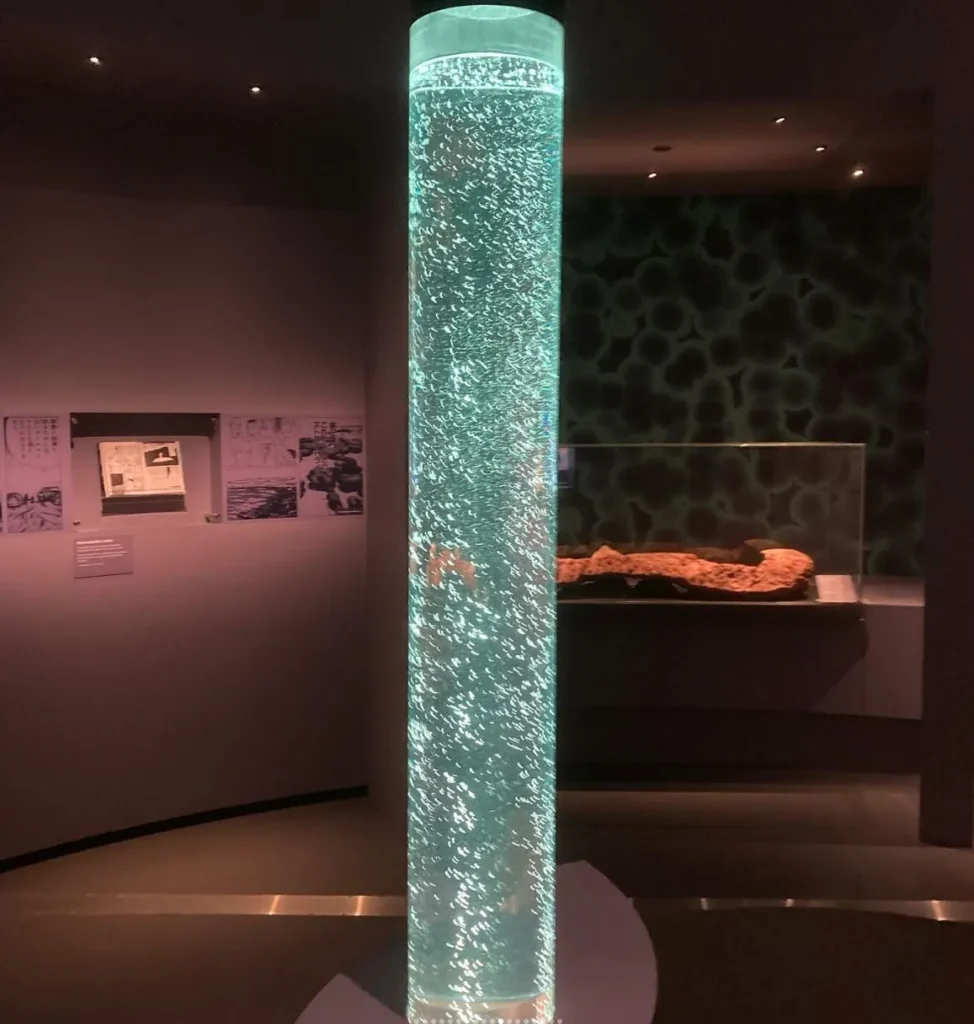
The Western Australian Museum and other cultural organisations have worked with local Indigenous communities to record these stories so that visitors to the Pinnacles can understand the cultural significance of the site. These partnerships also mean we need to protect the area so future generations can learn from both the geological and cultural heritage of the Pinnacles.
A Top Tourist Spot
Today, the Pinnacles are one of Western Australia’s top tourist attractions, with thousands of visitors from all over the world each year. Nambung National Park, where the Pinnacles are located, is just off Indian Ocean Drive, so it’s an easy Perth day trip from coastal towns like Cervantes or Lancelin.
You can drive along Pinnacles Drive, which winds its way through the desert or walk among the formations themselves. There are several walking trails, including guided Perth Pinnacles tours, that will give you more scientific information about the formations. Sunset and sunrise are the best times to visit as the light changes and casts a golden glow on the limestone pillars, making the already surreal atmosphere even more so.


The Pinnacles Desert Discovery Centre has exhibits on the geological and cultural history of the area including information on how limestone is formed and the role of carbonate replacement in the Pinnacles. Lake Thetis and Thirsty Point Lookout are nearby to explore and see ancient stromatolites and coastal views. You can also stop by the Lobster Shack in Cervantes for a taste of fresh Western Rock Lobster, one of the region’s best.
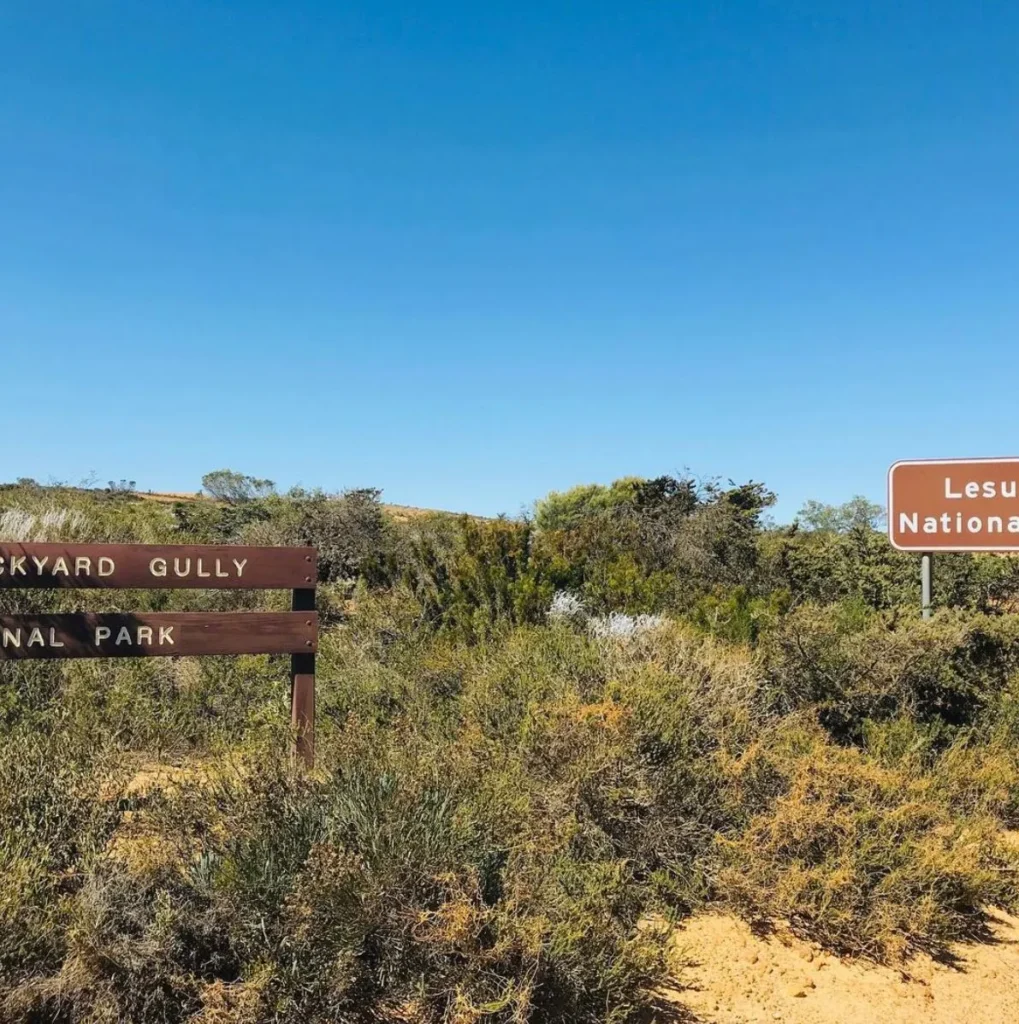

If you want to explore more of the region Yanchep National Park, Hangover Bay and Stockyard Gully National Park are nearby to discover more of Western Australia’s natural beauty. Birdwatch for black cockatoos, explore talus caves, walk on the white sand dunes, the region around the Pinnacles is full of Australian wildlife and diverse landscapes that showcase the country’s natural heritage.
Natural Archive

The Pinnacles have value beyond being a natural attraction. For scientists they are a natural archive of past environmental change and a focus for scientific study of geological formations. The combination of carbonate eolianites, coastal aeolianites and cemented infills within the formations provides valuable data on the interactions between the Earth’s surface and the atmosphere over thousands of years.
The Pinnacles are also important for the study of radioactive decay and geological clocks which provide a timeline of the region’s history. By looking at the iron nuggets and ferricrete ages within the formations researchers can track the movement of water and the impact of wettest periods on the landscape.
In addition to their geological importance the Pinnacles provide insights into the interaction between coastal dunes and desert landscapes. The ongoing erosion of soft limestone by coastal winds is continuing to shape the formations and provides a natural laboratory to understand the relationship between climate and geological processes.
FAQ
How were the Pinnacles formed?
The Pinnacles were formed from lime rich sand from ancient Indian Ocean sea beds mixed with calcium carbonate from marine life. Over time wind erosion and shifting sand dunes exposed the limestone pillars we see today.
What is the cultural significance of the Pinnacles?
The Pinnacles are a very special place for the Aboriginal people of Western Australia; they see them as a marker of their ancient connection to the land.
Where are the Pinnacles?
The Pinnacles are located in Nambung National Park in Western Australia, near Cervantes and can be accessed via Indian Ocean Drive.
What is the best time to visit?
Sunrise and sunset are the best times to visit the Pinnacles, the light is stunning. The Pinnacles are open all year but best to visit during the cooler months.
25,000 to 80,000 years old. Recent research using new methods.
